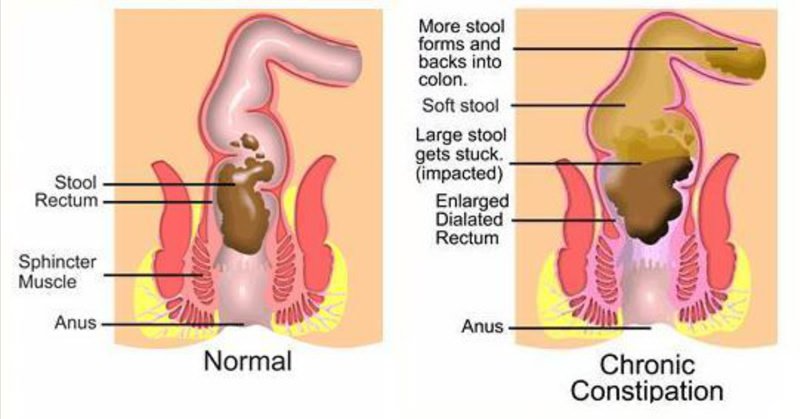That means the pelvic floor muscles are too tight.
Pelvic floor dysfunction constipation treatment.
In a study of biofeedback for pelvic floor dysfunction compared to laxatives the usual treatment for constipation nearly 80 of people undergoing biofeedback had improvement in constipation compared to 22 in the laxative group.
Fortunately pelvic floor dysfunction can be treated relatively easily in many cases.
The pelvic floor supports the rectum bladder and urethra.
Straining hard or thin stools and a feeling of incomplete elimination are common signs and symptoms.
During a biofeedback session a special tube catheter to measure muscle tension is inserted into your rectum.
As a pelvic floor physical therapist the first thing i offer my patients is education.
Pelvic floor dysfunction is the inability to correctly relax and coordinate your pelvic floor muscles to have a bowel movement.
Learn about the symptoms and treatment options.
This is the most common treatment done with the help of a.
New treatment modalities take advantage of the maturing relationship between pelvic floor dysfunction and chronic pelvic pain.
While the topic may be uncomfortable to bring up with a doctor it is important to seek professional advice about these symptoms.
Symptoms include constipation straining to defecate having urine or stool leakage and experiencing a frequent need to pee.
The therapist guides you through exercises to alternately relax and tighten your pelvic muscles.
Moldwin md the pelvic floor is comprised of muscles and fascia and has three functions.
Support of the pelvic organs contraction and relaxation.
If you need physical therapy you re likely to feel better but it may take a few months of sessions.
Karlovsky md and robert m.
Research has shown that upwards of 50 of people with constipation have concurrent pelvic floor dysfunction.
Relaxing your pelvic floor muscles at the right time during defecation can help you pass stool more easily.
People with pelvic floor dysfunction have plenty of treatment options.
Levator ani syndrome is a type of nonrelaxing pelvic floor dysfunction.
Pelvic floor dysfunction is a condition that affects your ability to control your pelvic floor muscles.

